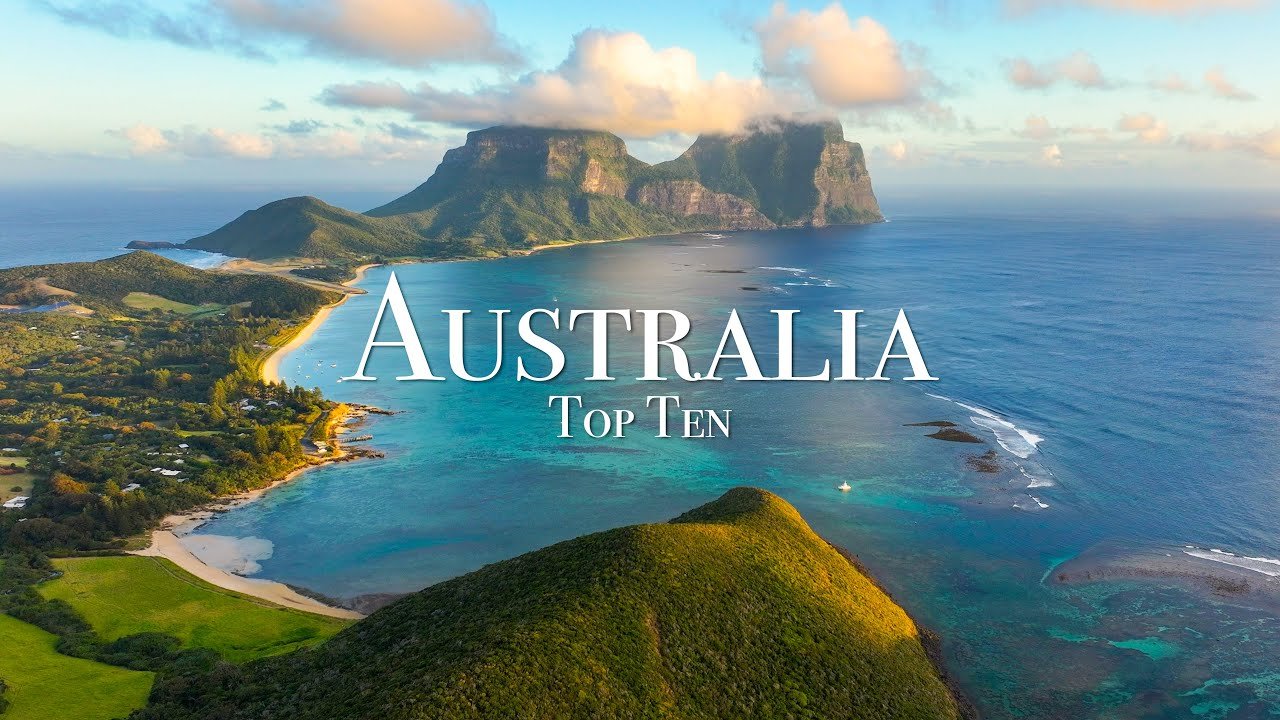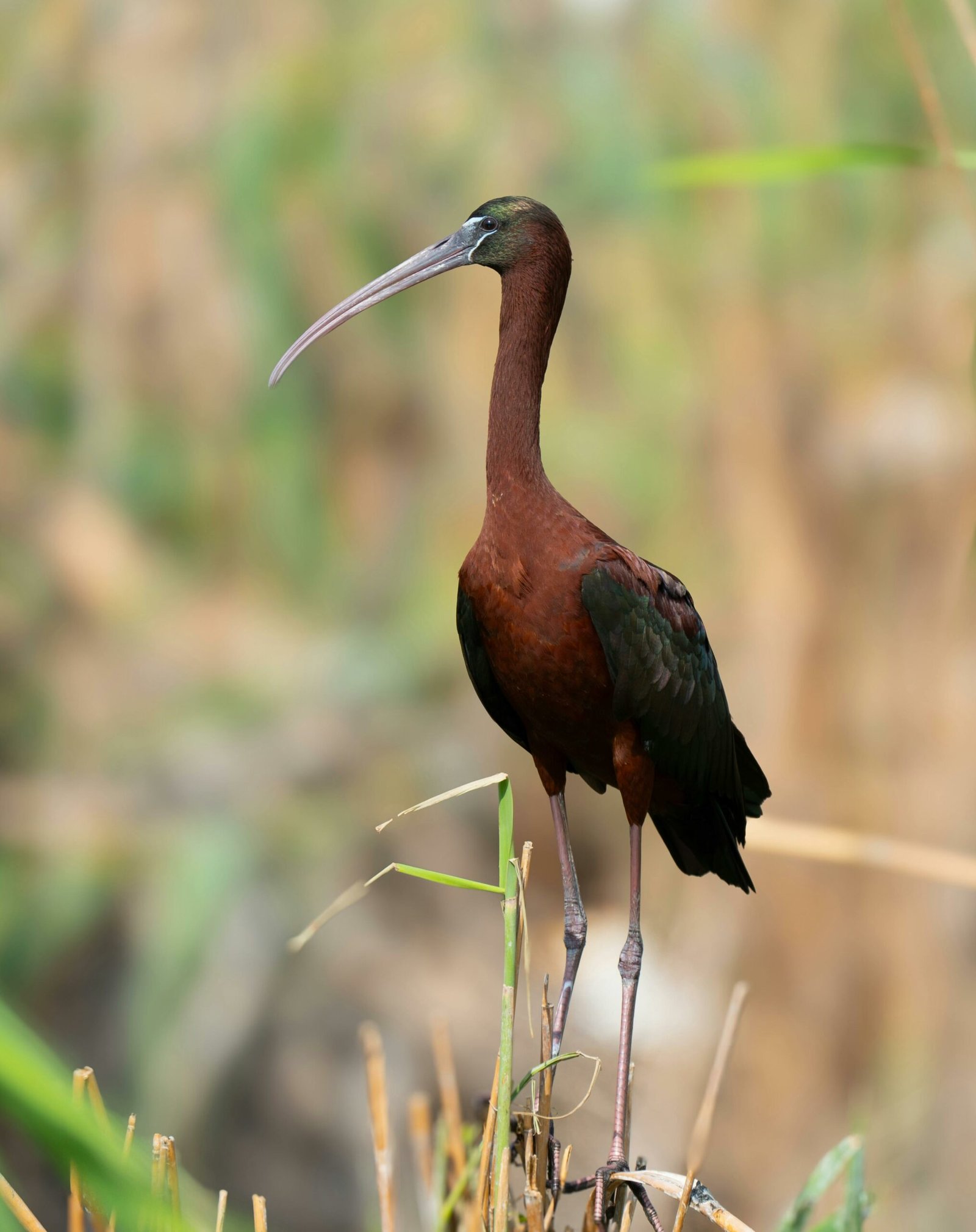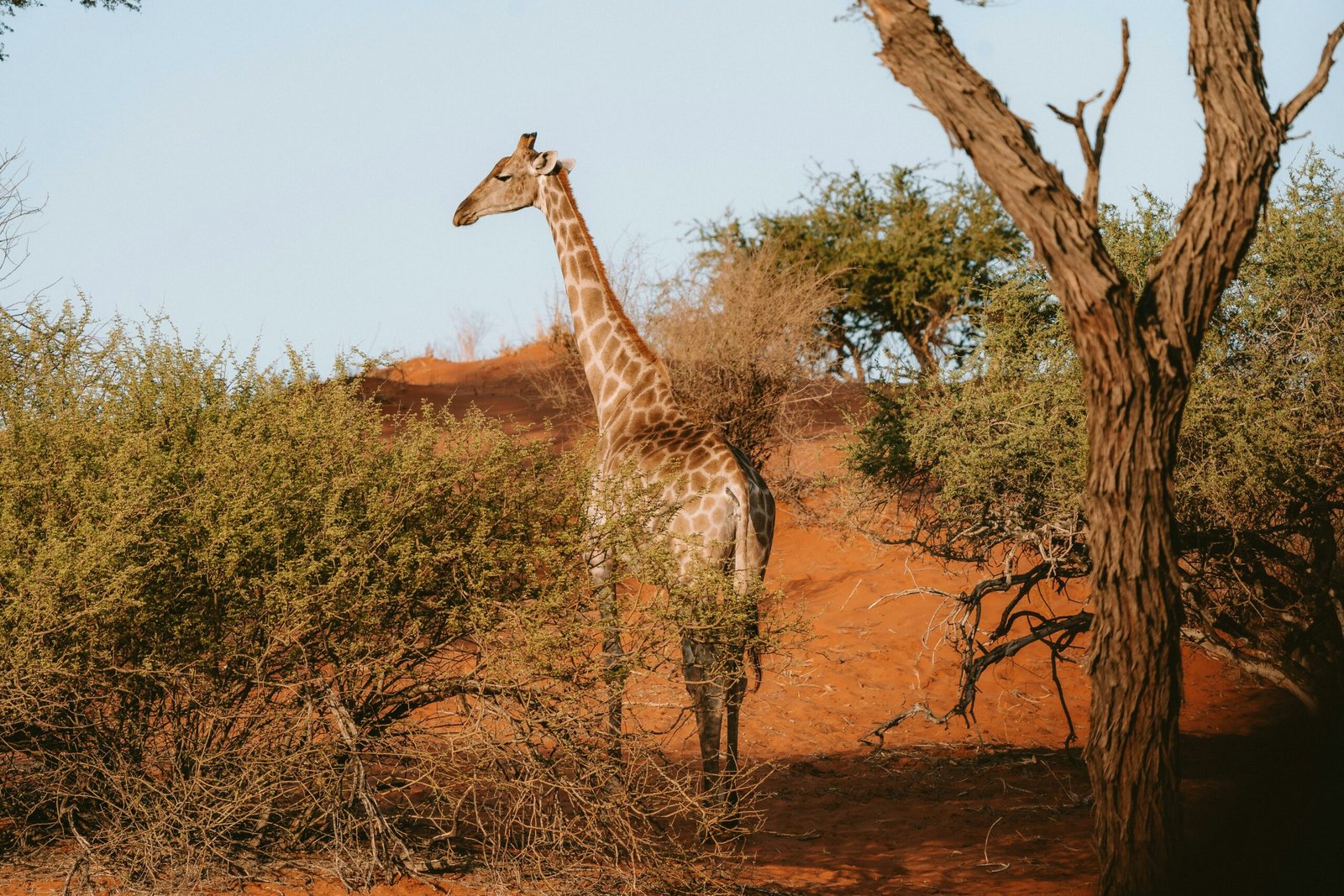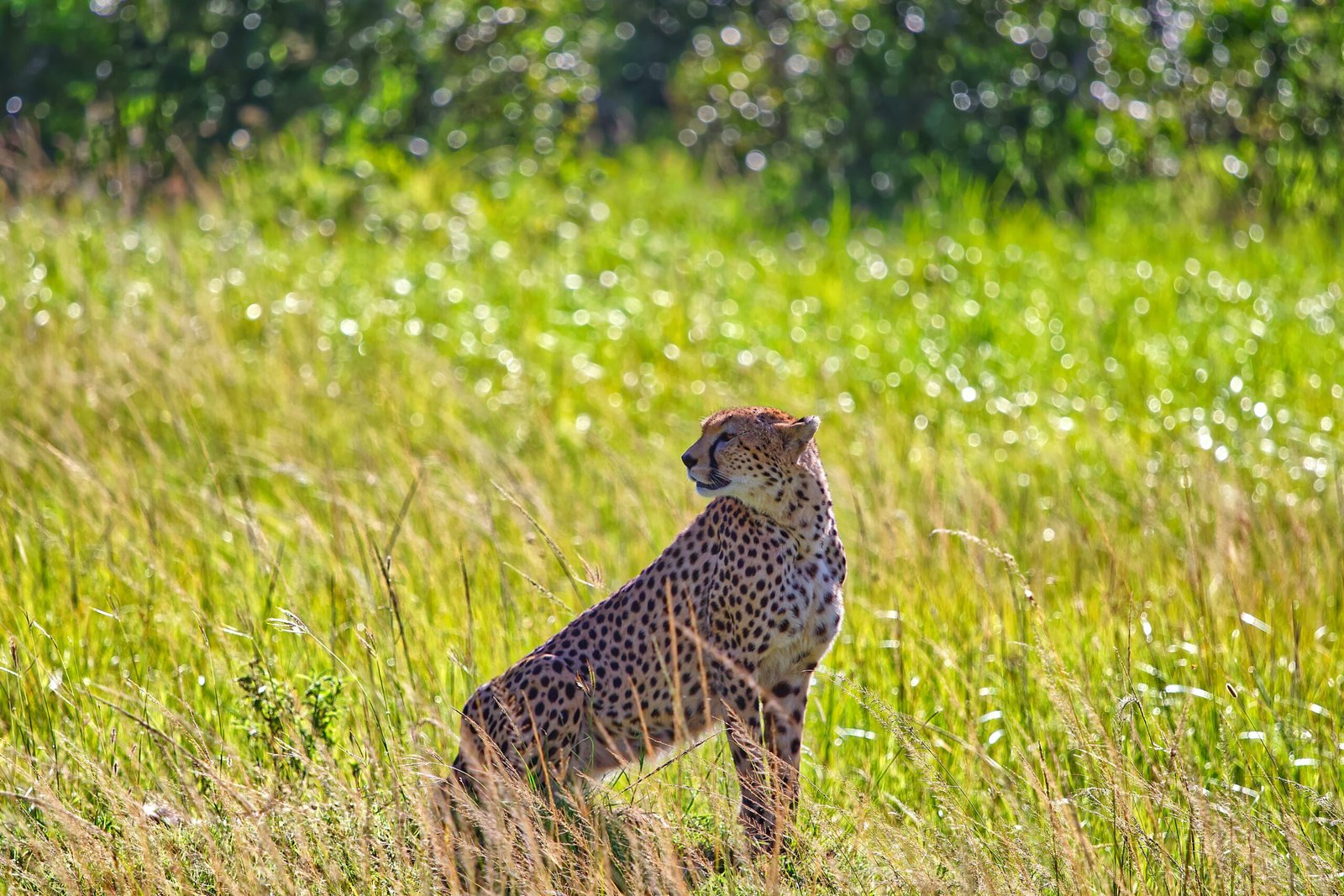Tasmania’s Natural Beauty and Wildlife offers an authoritative look into some of Australia’s most remarkable destinations. You will explore diverse landscapes ranging from Tasmania’s scenic Cradle Mountain and Cape Way to Perth’s stunning beaches in Western Australia, where kangaroos can be found on the shores.
Moving further inland, you will discover the enigmatic allure of the Outback, highlighted by the iconic Uluru. The tour does not end there; it continues to feature the tropical rainforests of Daintree, the vibrant city life in Sydney, and the majestic peaks of the Blue Mountains, promising a comprehensive guide to Australia’s unparalleled natural wonders.

This image is property of i.ytimg.com.
Introduction to Tasmania
Tasmania is an island state of Australia, situated approximately 240 kilometers to the south of the mainland, separated by the Bass Strait. It is renowned for its breathtaking natural landscapes, vibrant wildlife, and rich cultural heritage.
Location and Geography
Tasmania, the 26th-largest island in the world, boasts a diverse geography featuring rugged mountains, lush forests, pristine beaches, and fertile valleys. The island’s landscape is varied, ranging from the alpine regions of Cradle Mountain to the temperate rainforests of the Tarkine and the coastal splendor of the East Coast. This geographical diversity makes Tasmania a haven for outdoor enthusiasts and nature lovers.
Overview of Natural Beauty
The natural beauty of Tasmania is unparalleled, with nearly 40% of the island protected in national parks and World Heritage Areas. Its pristine wilderness, dramatic coastlines, and clear, star-studded skies offer remarkable experiences for visitors. Locations such as Wineglass Bay, the Bay of Fires, and the Tarkine showcase the island’s diverse and captivating environments, rendering it a paradise for photographers, hikers, and adventure seekers.
Significance of Wildlife
Tasmania’s wildlife is both unique and significant, featuring species found nowhere else on Earth. This includes the famous Tasmanian devil, eastern quolls, and the extinct at-large but rediscovered in captivity, thylacine. These species highlight the ecological importance of the island. Conservation efforts are continually made to protect such endemic fauna from threats including habitat destruction and disease.
Cradle Mountain
Cradle Mountain stands as one of Tasmania’s most iconic landmarks, located in the Central Highlands. It forms part of the Cradle Mountain-Lake St Clair National Park.
Geological Features
Cradle Mountain is a remarkable geological formation, characterized by its jagged contours formed from dolerite dating back to the Jurassic period. The mountain rises 1,545 meters above sea level and is adorned with glacial lakes, deciduous beech, and unique alpine plateaus, remnants of ancient glaciation.
Flora and Fauna
The region around Cradle Mountain is rich in biodiversity, home to plants such as the King’s Lomatia and Fagus (deciduous beech) found nowhere else but Tasmania. Animals such as wombats, Tasmanian devils, and spotted quolls inhabit the area, making it a crucial site for wildlife observation and conservation.
Popular Hiking Trails
Some of the most popular hiking trails include the Overland Track, a world-renowned trek spanning 65 kilometers through the heart of the Tasmanian Wilderness World Heritage Area. Other trails like the Dove Lake Circuit offer a less strenuous but equally scenic experience, presenting stunning views of Cradle Mountain reflected in the glacially-carved Dove Lake.
Cape Way
Cape Way, situated on the Tasman Peninsula, is remarkable for its towering sea cliffs and rugged coastal scenery.
Coastal Scenery
The dramatic sea cliffs of Cape Way, some of the tallest in the Southern Hemisphere, make for an awe-inspiring coastal landscape. The cliffs drop sheer into the Tasman Sea, creating a rugged coastline interspersed with caves and blowholes, providing breathtaking viewpoints along the cliff-top walks.
Marine Ecosystem
The waters around Cape Way are part of a vibrant marine ecosystem, home to a variety of marine life. Seals, dolphins, and a variety of seabird species can be frequently observed, along with occasional whale sightings during migration periods. The nutrient-rich waters support diverse fish populations, making the area rich in biodiversity.
Recreational Activities
Popular recreational activities at Cape Way include coastal hiking, boat tours, and sea kayaking, which allow visitors to experience the sheer size and beauty of the cliffs from the water. Birdwatching and photography are also common activities, given the spectacular vistas and abundant wildlife.
Ronnie Creek
Ronnie Creek, located within Cradle Mountain-Lake St Clair National Park, is famed for its regular sightings of wombats.
Wombat Sightings
One of the main attractions of Ronnie Creek is the opportunity to see wombats in their natural habitat. These endearing marsupials can be observed grazing in the open grasslands, particularly in the early morning and late evening, offering visitors a unique wildlife experience.
Wetlands and Meadows
The area around Ronnie Creek features extensive wetlands and meadows, which are vital for maintaining the local biodiversity. These habitats support a variety of plant and animal species and act as natural water filtration systems. The boardwalks over the wetlands provide an accessible way for visitors to explore the area without disturbing the delicate ecosystems.
Visitor Amenities
Facilities at Ronnie Creek include well-maintained boardwalks and walking trails, ensuring that visitors can explore the area comfortably and safely. Information centers provide educational resources about the local wildlife and environment, enhancing the visitor experience and promoting sustainable tourism practices.

This image is property of images.pexels.com.
Tasmanian Devil Conservation
The conservation of the Tasmanian devil is a high priority within Tasmania.
Threats and Challenges
Tasmanian devils face significant threats, the most notable being the contagious Devil Facial Tumor Disease (DFTD), which has decimated populations in the wild. Habitat destruction and vehicle collisions are additional challenges that these unique marsupials face.
Conservation Efforts
Extensive conservation efforts are underway to mitigate these threats, including tracking and monitoring wild populations, habitat preservation, and strategies to control disease spread. Conservation organizations and government agencies are working tirelessly to protect this iconic species.
Breeding Programs
Breeding programs have been established to ensure the survival of Tasmanian devils. Facilities such as the Tasmanian Devil Unzoo focus on breeding disease-free devils for future rewilding projects while educating the public about the importance of conservation and the challenges facing the species.
Bay of Fires
The Bay of Fires is a striking coastal region located on Tasmania’s northeastern coast.
Unique Red Rocks
This area is renowned for its stunning landscapes, characterized by white sandy beaches, turquoise waters, and striking granite rocks covered in vivid orange lichen. The contrast of colors creates a visually spectacular environment that has made the Bay of Fires famous worldwide.
Beach Activities
The pristine beaches of the Bay of Fires are perfect for a variety of activities. Swimming, snorkeling, and surfing are popular due to the clear, inviting waters. Beachcombing and sunbathing are also favorite pastimes, as well as exploring the numerous hidden coves and inlets along the coastline.
Local Culture
The Bay of Fires area holds significant cultural importance for the Indigenous Palawa people. It is believed that the area was named by Captain Tobias Furneaux in 1773, who saw numerous fires along the coast, indicating the presence of Aboriginal inhabitants. Understanding and respecting this cultural heritage is an important aspect of visiting and appreciating the Bay of Fires.

This image is property of images.pexels.com.
Southwest National Park
Southwest National Park is the largest national park in Tasmania, offering a true wilderness experience.
Wilderness Experience
This remote area provides one of the purest natural experiences available, with vast tracts of untouched wilderness that are perfect for those seeking adventure and solitude. The park is part of the Tasmanian Wilderness World Heritage Area and is accessible primarily by foot or light aircraft.
Rare Species
The park is home to several rare and endangered species, including the critically endangered orange-bellied parrot and the ground parrot. The diversity of habitats, from dense rainforests to windswept alpine areas, supports a wide range of flora and fauna, some of which are found nowhere else on Earth.
Camping Spots
Camping in Southwest National Park offers an unparalleled way to experience the area’s raw beauty. Several designated campsites are available, providing basic amenities while ensuring minimal impact on the environment. Whether at Melaleuca or a more remote location, camping here offers a deep connection to nature and the tranquility of the wilderness.
Freycinet Peninsula
The Freycinet Peninsula is a key Tasmanian destination, famous for its natural beauty and various outdoor activities.
Wineglass Bay
Wineglass Bay is often regarded as one of the world’s most beautiful beaches, noted for its perfect crescent shape, white sand, and azure waters. The lookout provides a breathtaking view that is a highlight for many visitors to the Freycinet National Park.
Mountain Peaks
The Hazards mountain range offers challenging hikes with rewarding panoramic views of the peninsula. Peaks such as Mt Amos provide a rigorous ascent but grant hikers spectacular views of Wineglass Bay and the surrounding coastline.
Kayaking and Boating
The calm waters around Freycinet Peninsula are ideal for kayaking and boating. Exploring by water provides a unique perspective of the rugged coastline, secluded beaches, and abundant marine life, including dolphins and seals.

This image is property of images.pexels.com.
Bruny Island
Bruny Island offers a combination of stunning natural landscapes, rich wildlife, and a burgeoning food scene.
Island Geography
Bruny Island is separated into North Bruny and South Bruny, connected by a narrow isthmus known as The Neck. The island features diverse landscapes including lush rainforests, white sandy beaches, and rugged cliffs.
Penguin Colonies
One of the island’s biggest attractions is the Little Penguin colonies. These small penguins come ashore at dusk, and visitors can watch them return to their burrows in special viewing platforms to ensure minimal disturbance to the birds.
Gourmet Food Trail
Bruny Island has become renowned for its gourmet food trail, featuring locally-produced food and beverages. From artisanal cheeses and fresh oysters to cider and whiskey, the island offers a delicious experience for gourmands visiting the region.
Conclusion
Tasmania is a land of incredible natural beauty, diverse wildlife, and unique cultural heritage. Whether exploring the dramatic landscapes of Cradle Mountain, relaxing on the pristine beaches of the Bay of Fires, or experiencing the wilderness of Southwest National Park, Tasmania offers something for every nature enthusiast.
Summary of Attractions
From the rugged peaks of Cradle Mountain and the coastal cliffs of Cape Way to the serene waters of Wineglass Bay and the penguin colonies on Bruny Island, Tasmania’s attractions are both varied and captivating.
The Importance of Conservation
Conservation efforts are critical to preserving Tasmania’s unique ecosystems and wildlife. Initiatives such as breeding programs for endangered species and habitat protection help ensure that future generations can experience the island’s natural wonders.
Encouragement to Visit
For those seeking adventure, tranquility, and a deep connection with nature, Tasmania is an unparalleled destination. The island’s rich biodiversity, stunning landscapes, and cultural sites beckon visitors to explore and appreciate all that it has to offer.
Some of the links on this site are affiliate links, which means I may earn a small commission if you click on them and make a purchase, at no additional cost to you. As an Amazon Associate, I earn from qualifying purchases.

